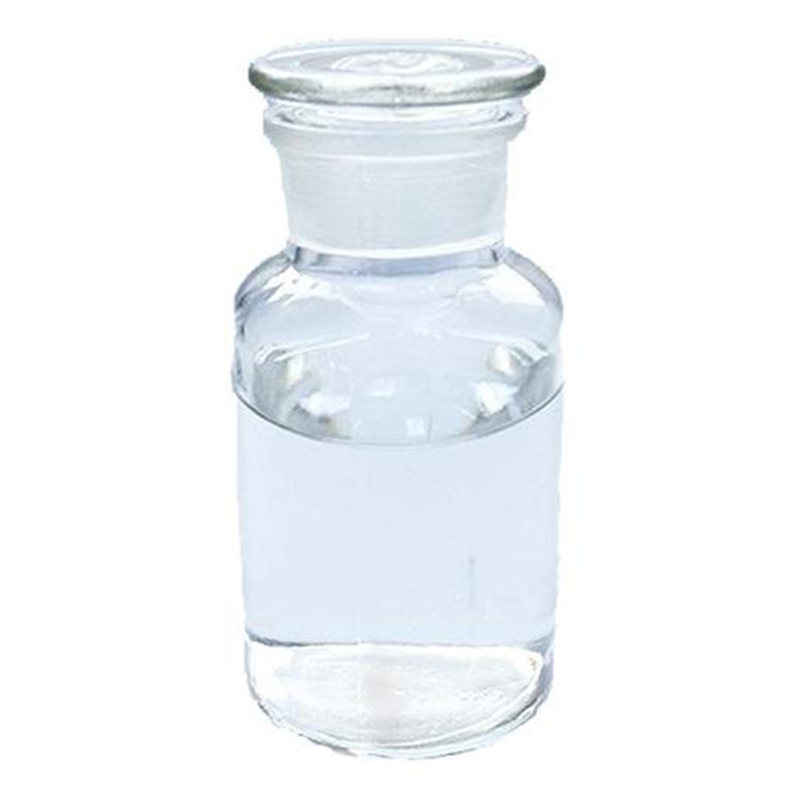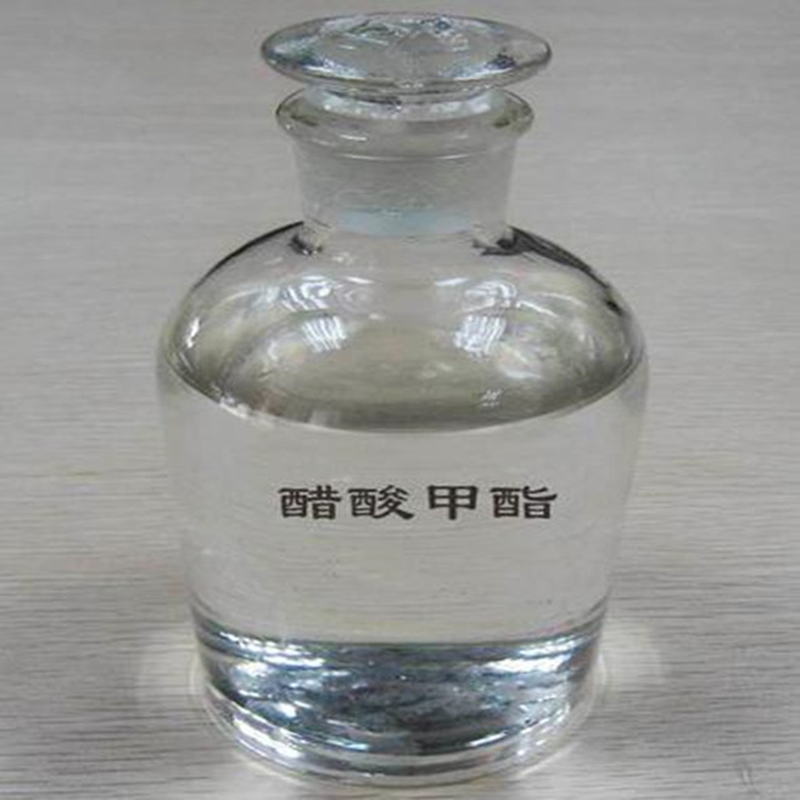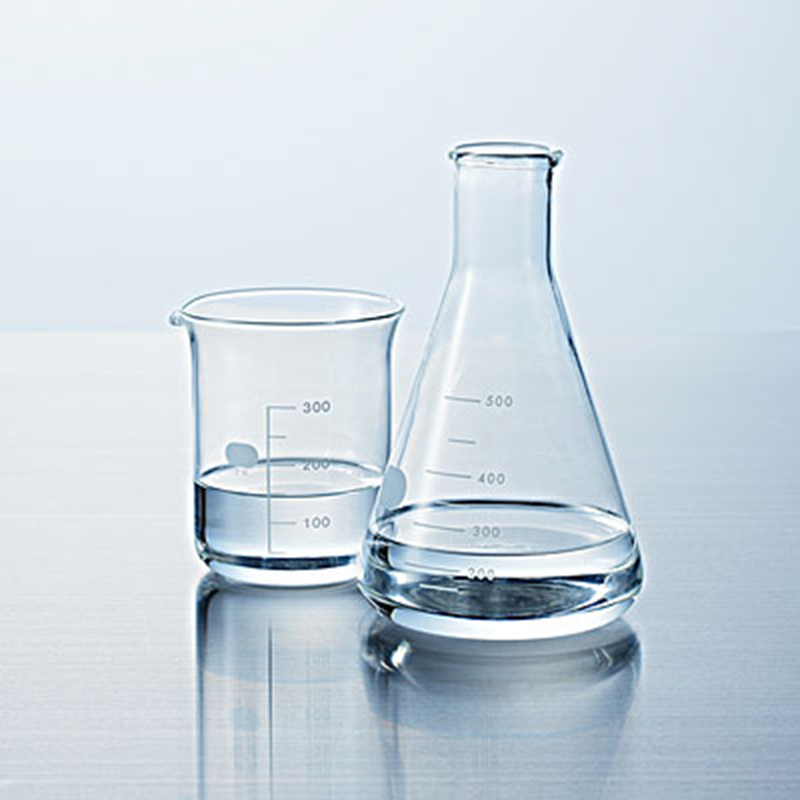
Dichloroethane
Key words:
Dichloroethane
Classification:
- Details
-
Dichloroethane is an organic compound with the chemical formula C2H4Cl2. Molecular weight 98.97. It is a halogenated hydrocarbon. Dichloroethane has two isomers, 1.1-dichloroethane and 1.2-dichloroethane. If there is no special description, it generally refers to 1.2-dichloroethane. Dichloroethane has a colorless or light yellow transparent liquid and is insoluble in water. It is a colorless liquid with a chloroform-like odor at room temperature. It is toxic and potentially carcinogenic. It is mainly used as an intermediate in the preparation process of vinyl chloride (polyvinyl chloride monomer). It is often used as a solvent in synthesis, and is also used as a solvent for waxes, fats, rubber, etc., and a grain insecticide. Possible solvent alternatives include 1.3-dioxyhexane and toluene.
Appearance and Properties: Colorless or light yellow transparent liquid with a smell similar to chloroform. Sweet. Can slowly decompose into acidity and darken in color.
Solubility: Soluble in most organic solvents. Submerged in water, basically insoluble. Solubility in about 120 times water, miscible with ethanol, chloroform, ether. Can dissolve oils and lipids, greases, paraffins.
1.2-Dichloroethane is a colorless, transparent oily and highly toxic liquid with a smell and sweetness similar to chloroform at room temperature and pressure. It is insoluble in water, miscible with various organic solvents such as ethanol, ether, and chloroform, and can dissolve oils and fats. Stable to water, acids, and alkalis.
chemical properties
Oxidation resistance. Does not corrode metals. Its vapor and air can form explosive mixtures. In case of hot topics, open flames, and strong oxidants, there is a danger of combustion and explosion.
storage
Ordinary wooden boxes outside ampoules; ordinary wooden boxes outside threaded glass bottles, iron-capped glass bottles, plastic bottles or metal drums (cans).
Oxidation resistance. Does not corrode metals. Dichloroethane vapor and air can form explosive mixtures. In case of hot topics, open flames, and strong oxidants, there is a danger of combustion and explosion.
application
1. Mainly used as raw materials for vinyl chloride; ethylene glycol; oxalic acid; ethylenediamine; tetraethyl lead; polyethylene polyamine and bibenzoyl. Also used as grease; resin; rubber solvent, dry cleaning agent, pesticide deprorysin; caffeine; vitamins; hormone extractant, humectant, impregnating agent, petroleum dewaxing, shock agent, also used in pesticide manufacturing and drug pests; piperazine raw material. In agriculture, it can be used as grain; grain fumigant; soil disinfectant, etc.
2. Used for boron analysis, oil and tobacco extractant. Also used in the manufacture of acetyl cellulose.
3. Used as an analytical reagent, such as a solvent, a reference material for chromatographic analysis. It is also used for the extraction of oils and fats, and for organic synthesis.
4. Used as detergent, extractant, pesticide and metal degreasing agent, etc.
5. Used as a solvent for wax, fat, rubber, etc., and a grain insecticide.
Precautions
Hazardous characteristics
Conditions to avoid: Protective clothing
Flammability: Flammable
Building regulations fire insurance classification: A
Flash point (℃): 13
Spontaneous combustion temperature (℃): 458 ℃
Ignition temperature (℃): 413 ℃
Lower explosion limit (V%): 5.6
Upper explosion limit (V%): 16.0
Hazardous characteristics: Its vapor and air form an explosive mixture, which can cause combustion and explosion in case of open flame and high heat energy. Can react strongly with oxidants. Decomposed by hot topics produces toxic corrosive gases. Its vapor is heavier than air and can spread to a considerable distance at a lower place. In case of fire, the internal pressure of the container increases, and there is a danger of cracking and explosion. Corrosion of plastics and rubber.
Fire extinguishing method: foam, dry powder, carbon dioxide, sand, mist water. If the substance or contaminated fluid enters the waterway, notify downstream users of potential water contamination, notify local health, fire officials and pollution control.
Leak disposal
Evacuate people from the leaked contaminated area to the safe area, prohibit unrelated people from entering the polluted area, and cut off the fire source. It is recommended that emergency personnel should wear protective equipment. Plug leaks while ensuring safety. Spraying water mist will reduce evaporation, but it will not reduce the flammability of leaks in restricted spaces. Absorb with sand, vermiculite or other inert materials, and then collect and transport it to the waste treatment site for disposal. It can also be scrubbed with an emulsion made of non-flammable dispersants, and the diluted washing water is put into the wastewater system for treatment, and discharged to the standard. If there is a large amount of leakage, use the embankment to contain it, and then collect, transfer, and recycle the contaminated site for harmless treatment.
First aid measures
Skin contact: Remove contaminated clothing and rinse thoroughly with soapy water and water. Keep the patient warm and quiet. Inhalation, ingestion or skin contact with this substance can cause delayed reactions. Ensure that medical staff understand the personal protection knowledge related to this substance, pay attention to self-protection and timely medical treatment.
Eye Contact: Immediately lift the eyelids and rinse with running water.
Inhalation: Quickly leave the scene to fresh air. Keep the airway unobstructed. Give oxygen when breathing difficulties occur. When breathing stops, give artificial respiration immediately. Seek medical attention.
Ingestion: Those who take it by mistake should drink a lot of warm water, induce vomiting, and lavage their stomach. seek medical attention.
protective measures
Engineering control: The production process is closed and ventilation is strengthened.
Eye protection: Wear chemical safety glasses.
Protective clothing: Wear appropriate protective clothing.
Hand Protection: Wear chemical-resistant gloves if necessary.
Others: Smoking, eating and drinking are prohibited on the job site. After work, shower and change clothes. Pay attention to personal hygiene.
Manage storage and transportation
Precautions for storage and transportation: Store in a cool and ventilated warehouse. Keep away from fire and heat sources. The warehouse temperature should not exceed 30 ° C. It should be stored separately from oxidants. The lighting, ventilation and other facilities in the storage room should be explosion-proof, and the switch should be located outside the warehouse. Equipped with corresponding varieties and quantities of fire-fighting equipment. There must be fire-proof and explosion-proof technical measures when storing tanks. It is forbidden to use mechanical equipment and tools that are prone to sparks. When filling, attention should be paid to the flow rate (no more than 3m/s), and there is a grounding device to prevent the accumulation of static electricity. When handling, it should be loaded and unloaded lightly to prevent damage to packaging and containers. Transportation follows the specified route and must not stop halfway. ERG Guide: 130 ERG Guide Category: Flammable Liquids (Non-Polar/Water Immiscible/Harmful).
Management of operations
Closed operation, local exhaust. Operators must undergo special training and strictly abide by the operating procedures. It is recommended that operators wear filter gas masks (half masks), chemical safety glasses, anti-static work clothes, and rubber oil-resistant gloves. Keep away from fire and heat sources, and smoking is strictly prohibited in the workplace. Use explosion-proof ventilation systems and equipment. Prevent steam from leaking into the air of the workplace. Avoid contact with oxidants, acids, and alkalis. When filling, the flow rate should be controlled, and there should be a grounding device to prevent the accumulation of static electricity. When handling, it should be loaded and unloaded lightly to prevent damage to packaging and containers. Equipped with the corresponding variety and quantity of fire fighting equipment and leakage emergency treatment equipment. Empty containers may remain harmful.
Leave A Message
More Products





